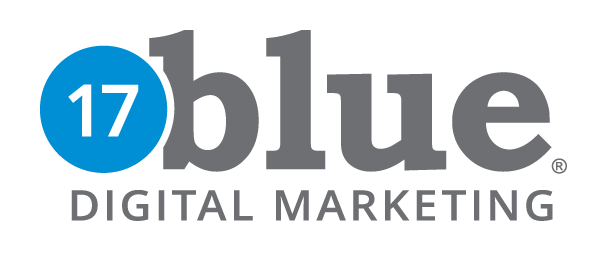Press releases and PSAs are an art form, but one quickly being replaced by more flexible and digital media options. But with a little research and some time, you can add traditional and digital releases as effective weapons in your low-cost marketing arsenal. The investment of some crafting time has the potential to pay off in a return of visibility and solid cash.
The primary questions now become “How do I write press content that will get me attention?” and “Where do I post this press content?”
How do I write press content that will get attention?
In a barrage of news, media, feeds and information, standing out in the crowd is not an easy task. Here are a few key tips to help you grab some attention when you need it.
1. Stop and Ask Yourself “Is this Newsworthy?”
While you may have the “cutest” puppy in the world, you will probably not garner news coverage because of it. It’s hard to remember that PR and press coverage are different than advertising. Focus on what is helpful, informational and relevant to the audience of the media outlets you are wanting to pick up your press content.
If you don’t have a newsworthy item yet, try again. Find the “relevant, helpful and informative” angle on your product, service, or event. It needs to be new, distinguishing or somehow unique. Once you have that in your sights, you’re headed down the right path. Your message has to be newsworthy and not sound like a direct advertisement.
2. Craft Your Announcement Headline.
We simply cannot overstate the importance of a cleverly crafted headline. Your headline is what will determine if all the other work you have done will be reviewed or completely ignored. You have about 3-4 seconds to summarize the entire purpose of your release and impress the reader. Make sure your headline indicates “why they should care.” Keep it “tweetable” (short) and engaging. Experiment until you have it right.
3. Provide the Facts in Article Form.
Yes… YOU write the news article. Keep it brief, informative and factual. Remember that today’s news is more conversational than in recent years. Answer important questions. And ask a few.
What’s new for press content is that you should now optimize it for search engines. Don’t stuff it with key words, but do use them wisely. Use a keyword research tool, or get some assistance, but make sure the words and link “anchor text” are relevant.
4. Add Media, Proof & Post (to Your Site First).
Articles and Releases that contain a photo or video are up to 80% more likely to be picked up by news sources, shared by users and commented on. People like “eye candy” – so make sure you include photos and videos in your article.
PROOF your copy. It’s wise to get other eyes on the piece as well. Then post the news to your website – this will become the hub of all your online activity. Tweets, Shares, and Likes will all point back to the original article on your site and it’s media resources.
 5. Get Strategically Social.
5. Get Strategically Social.
Tweet and share your news on Facebook. Pin images and video on Pinterest. Post it on YouTube. Make sure to include links back to the announcement on your website. Post and share on other social networks as well. Have employees, friends and others share the good news. This sharing and the related traffic will all help your news item be “searchable” and “findable.”
Although the impact of press release sites and services has diminished some, they are still a valid release mechanism. A quick Google search will yield a ton of options for free and low-cost press release distribution sites you can use to widen your potential audience.
If you have a newsworthy item that you can support with good facts, good media and share socially, you’ve done your “heavyweight” homework!



 5. Get Strategically Social.
5. Get Strategically Social.

